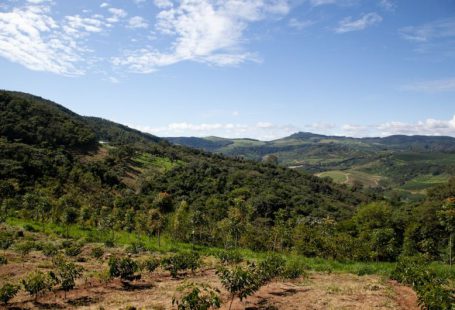The Future of Meat: The Rise of Cultured Meat
Imagine a world where your steak or burger comes not from a farm, but from a laboratory. This may sound like a scene from a sci-fi movie, but it is becoming an increasingly plausible reality with the development of cultured meat. Cultured meat, also known as lab-grown meat or clean meat, is a revolutionary concept that has the potential to transform the way we produce and consume meat. In this article, we delve into the science behind cultured meat and explore its implications for the future of food.
The Basics of Cultured Meat
Cultured meat is produced by culturing animal cells in a lab setting to grow muscle tissue that can be harvested and processed into meat products. The process begins by obtaining a small sample of animal cells, typically from a biopsy of muscle tissue. These cells are then placed in a nutrient-rich medium that provides the essential nutrients and growth factors needed for the cells to multiply and differentiate into muscle tissue.
As the cells grow and multiply, they form muscle fibers that closely resemble the texture and composition of traditional meat. The resulting cultured meat can then be processed into various meat products, such as burgers, sausages, and nuggets, without the need to raise and slaughter animals.
Sustainability and Environmental Impact
One of the key drivers behind the development of cultured meat is its potential to address the environmental and sustainability challenges associated with conventional meat production. The livestock industry is a major contributor to greenhouse gas emissions, deforestation, and water pollution. Cultured meat offers a more sustainable alternative that requires significantly less land, water, and energy compared to traditional animal agriculture.
By producing meat in a controlled lab environment, cultured meat has the potential to reduce the environmental impact of meat production and help mitigate the effects of climate change. Additionally, cultured meat production can help alleviate concerns related to animal welfare and the use of antibiotics and hormones in livestock farming.
Challenges and Future Prospects
While the concept of cultured meat holds great promise, there are still several challenges that need to be addressed before it can become a mainstream food option. One of the key challenges is the scale-up of production to meet the growing demand for meat around the world. Cultured meat production is currently more expensive than traditional meat production, but ongoing research and technological advancements are expected to lower costs and improve efficiency.
Another challenge is consumer acceptance and regulatory approval. Cultured meat is a novel food product that may face skepticism and resistance from consumers who are accustomed to traditional meat products. Regulatory agencies also need to establish clear guidelines and safety standards for cultured meat production and labeling to ensure consumer confidence and food safety.
The Future of Food
Despite these challenges, the development of cultured meat represents a significant step towards a more sustainable and ethical food system. Cultured meat has the potential to revolutionize the way we produce and consume meat, offering a more environmentally friendly and humane alternative to conventional animal agriculture.
As research and innovation in the field of cultured meat continue to advance, we may soon see a future where lab-grown meat products are widely available in supermarkets and restaurants. By harnessing the power of science and technology, we can pave the way for a more sustainable and resilient food system that meets the needs of a growing global population while protecting the planet for future generations.





